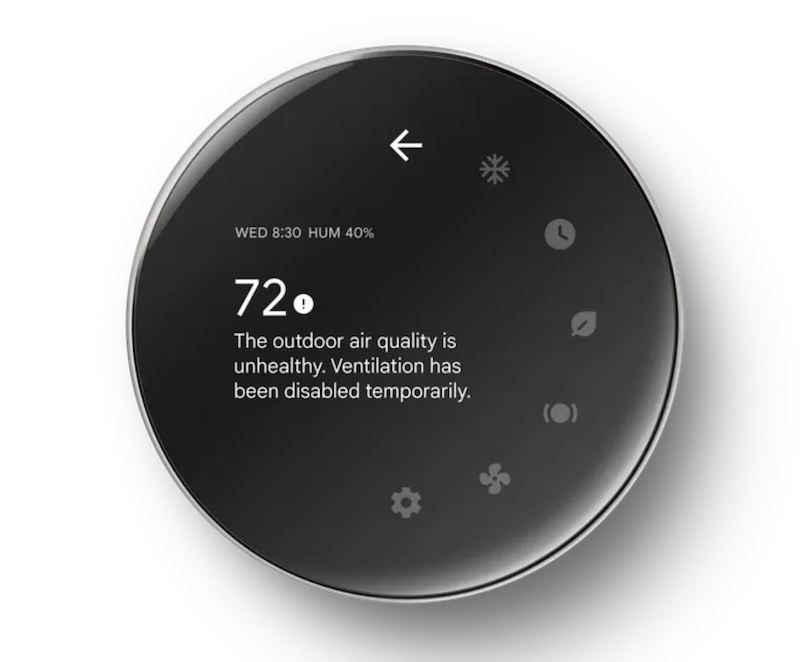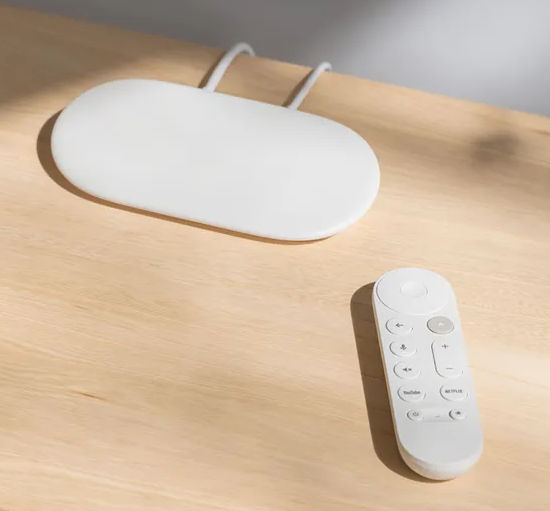Given the natural consumer focus on smart phones it is natural that, aside from the recent press attention to Google’s legal issues, the next Google-centric thing on people’s mind would be the unveiling of their new Pixel phone products on August 13. Unlike in earlier times, there weren’t that many surprises, mostly thanks to well-placed leaks over the past few weeks. Notwithstanding that, there were some interesting new products and features.

As always when it comes to phones, we’ll leave most of that coverage to others who specialize in those product categories other than reporting where what they do and how they do it intersects the total residential ecosystem focus here at Res Tech Today. As you’ll see later on, there was a bit of that, but for the most part the Google news for our part of the market came a week before the Pixel unveilings as Google took a page from Apple’s playbook by simply announcing new products ahead of a major event with simple release drops.
Via that mechanism, Google unveiled a new 4th Generation Nest Learning Thermostat that keeps the basic premise of their iconic, market leading line, while adding new designs for hardware and user interface. Most obvious is a new domed, high-resolution, edge-to-edge LCD display that is 60% larger than the prior model and has a new Dynamic Farsight Display that allows the user to customize the information being displayed, including weather, outdoor air quality and energy-saving messages in addition to the obvious temperature and time displays.

As one might expect from any major control product these days, there is a healthy dose of AI-driven features that better analyzes temperature and room occupancy and behavior to create more personalized and more efficient energy-saving settings. AI also makes it possible to take into account outdoor air quality, temperature and humidity for further fine-tuning of the system settings.
Control integration is now enhanced by the new model being Matter-certified along with the addition of voice command integration with Amazon Alexa as well as the Google Assistant. Tighter home system monitoring is possible with a new HVAC Monitoring feature that proactively tracks heating and cooling systems to detect things such as a sudden drop in temperature despite the desired settings or an issue with air flow
A redesigned mounting system is said to simplify installation, and a Nest Temperature Sensor is included to better average the home temperature with the ability to add up to six sensors or to prioritize one room at any time of the day.
The new Next Learning Thermostat will retail for $279.99 with availability on August 20. Additional sensors are $39,99 each or $99.99 for a three-pack. It is not far off to say that Nest was instrumental in establishing and now leading the market for WiFi- and AI-enabled home HVAC controllers. While there are certainly other powerful competitors such as ecobee, Honeywell, and others in the space, the new 4th Generation Nest Learning Thermostat shows that Google is looking to harness the collective power of their existing market visibility, new technology, and additional features to stay at the top of the pack in this category.
The other new non-Pixel product recently released is the Google TV Streamer. It will be welcomed by fans of Google products in this space as answers the community’s calls for a new model to replace the four-year-old Chromecast with Google TV and its two-year-old Chromecast with Google TV (HD) model that is now two years old. The tremendous rise in Smart TVs, also known in the industry as “CTV,” for Connected TV, has seen the pace of new external streamer models slow down and let’s hope that this new model from Google will presage new Apple TV 4K and perhaps even Nvidia Shield TV models before the winter.

Looking at what the new Google TV Streamer does it is clear that the intent was to make it more than just another dongle that hangs off the back of your TV. After all, CTV sets from virtually every TV brand have raised the bar. Here, Google is matching that with an all-new form factor and a range of features that will do more than just select and then display streaming content.
The new form factor is meant to be at home as easily on the shelf in front of the TV as it would be behind it. Available in two neutral colors (Porcelain and Hazel), the unit is low-profile and sports an Ethernet jack, HDMI 2.1, a USB-C port for power and a “find the remote” button on the back. Also new on the ergonomic front is a redesigned voice remote that is a bit longer to allow the volume up/down buttons to move off the side of the body to the top.
Of course, it is what’s inside that really makes the difference. Here, the new streamer offers a CPU that is 22% faster than the previous model as well as double the memory at 4GB and 32GB of storage, four times that of the now discontinued model. With that power and the use of Google’s Gemini technology you can do more than just choose between thousands of movies and shows and a wide range of streaming apps, including over 800 free channels. Of course, Dolby Vision and Dolby Atmos content is easily played out to compatible displays and audio systems.
AI is in the background to create full summaries of suggested content, provide reviews and season-by-season breakdowns, pull images from Google Photos for screen savers or even use generative AI to create one for you based on voice commands.
One important aspect of the new Streamer is its power for home system integration. It has a built-in Thread border router and is Matter compatible. That not only means that it will be able to control smart home devices but do so directly in the home network without relying on cloud access. Further, the tighter integration will also let the user view cameras and doorbells, adjust lights and HVAC controls, close the blinds and lock or unlock doors through the Google TV interface.
This does come at a bit of a price, as at $99.99 the new Google TV Streamer is twice the price of its predecessor product. However, there are more than enough features and considerably increased power to justify it moving into the price range of the Roku Ultra, Apple TV 4K, and Nvidia Shield TV and Shield TV Pro. It will be available on September 24, and I already have one on order. As soon as it arrives, I’ll put it to the test against hopefully new models from those other three brands as well as a new streaming device from Xumo that is one of the more interesting STBs that I’ve seen in a while. With products such as that and the Google TV Streamer, who says that the external streamer may be past its prime? Certainly not me!
With products such as the Streamer and new Nest Learning Thermostat it is clear that we’ll have a few more interesting options for the home ecosystem this year.









